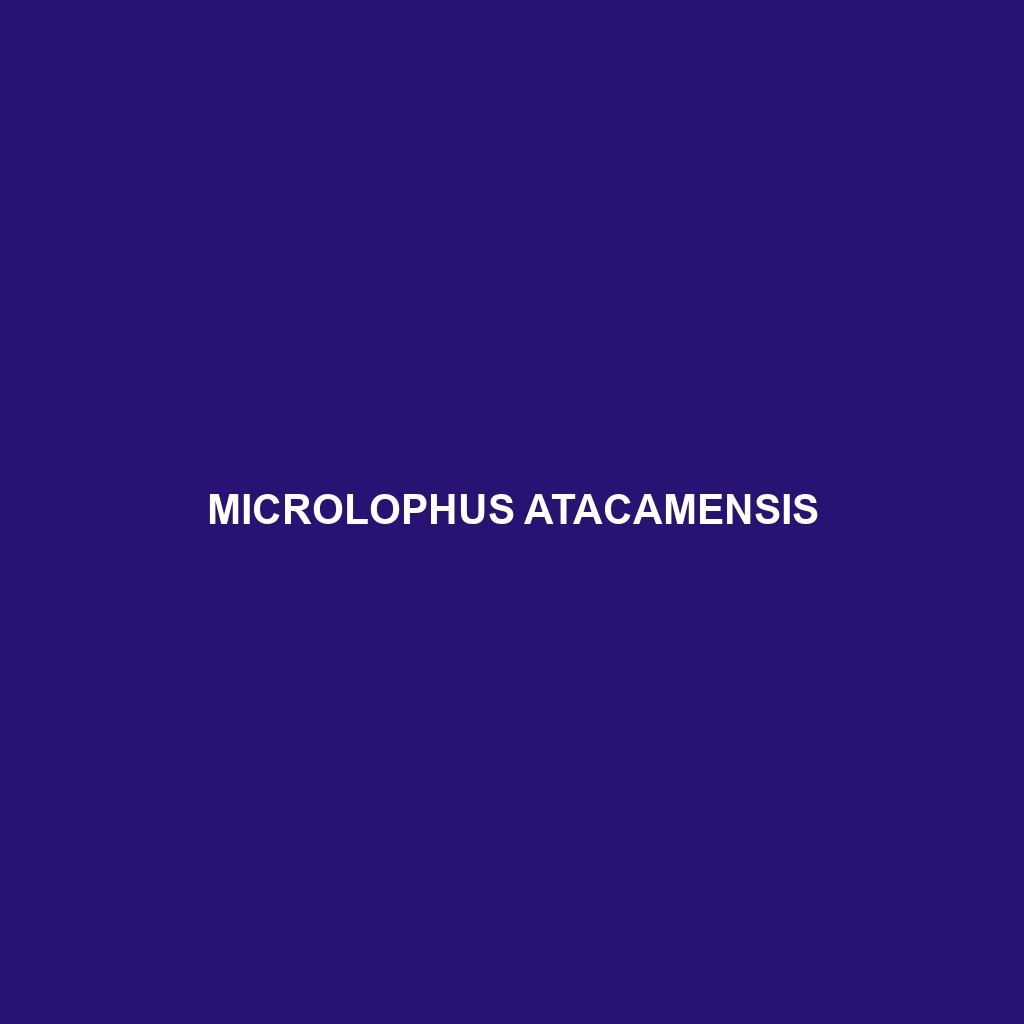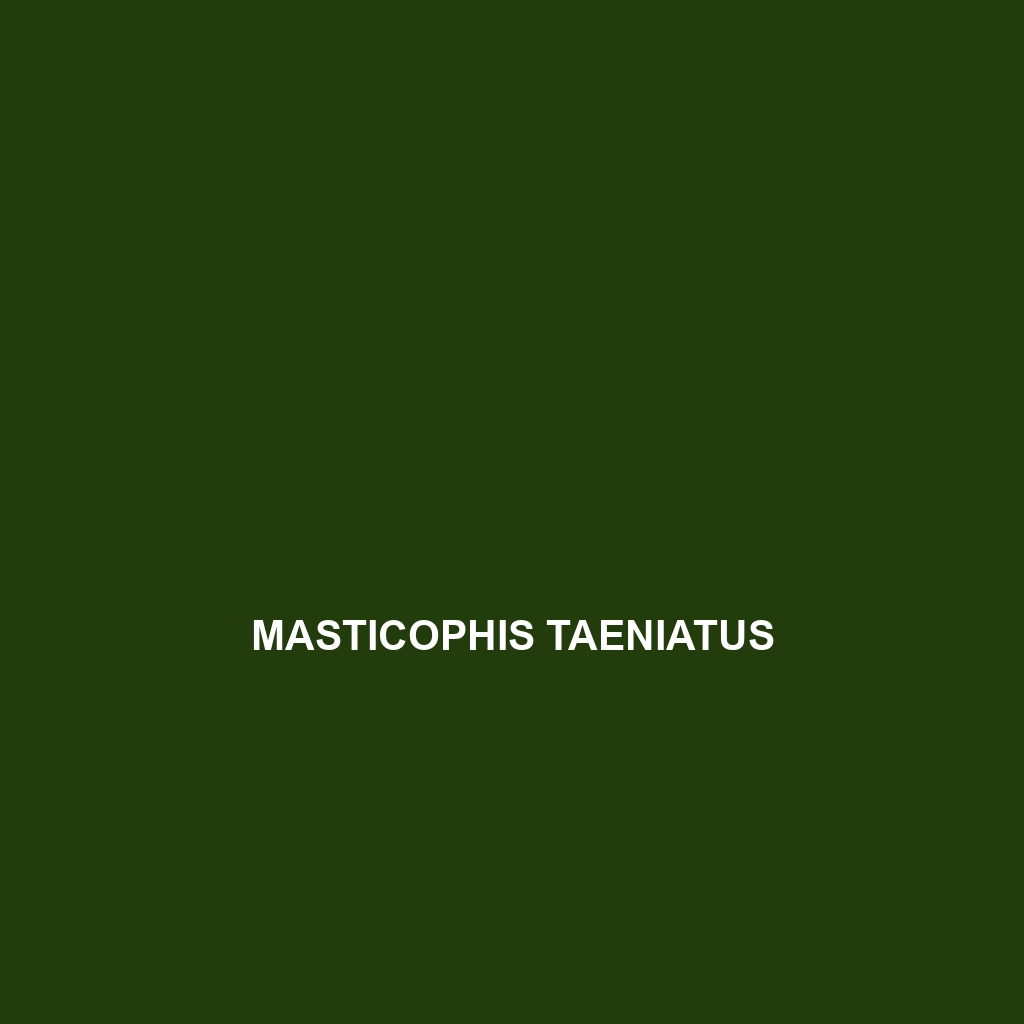Experience the fascinating world of the Moloch horridus, commonly known as the thorny devil, a unique lizard native to Australia's arid regions. With its distinctive spiny skin, this diurnal insectivore thrives on a diet of ants, playing a crucial role in the desert ecosystem by influencing ant populations and contributing to ecological balance.
Tag: desert ecosystems
Microlophus atacamensis
Introducing the Atacama Lava Lizard (Microlophus atacamensis), a small, agile reptile native to the arid coastal regions of northern Chile, characterized by its striking coloration and unique survival adaptations in one of the driest environments on Earth. This insectivorous species exhibits interesting behaviors like territorial displays and effective burrowing, playing a crucial role in maintaining ecological balance in its desert habitat.
Mesalina watsonana
Discover the Mesalina watsonana, commonly known as Watson's sand lizard, a moderate-sized lizard native to arid regions of the Arabian Peninsula, characterized by its sandy coloration and fascinating nocturnal behaviors. This insectivorous species thrives in dry grasslands and sandy dunes, playing a crucial role in its ecosystem as a predator while demonstrating impressive adaptations for survival in harsh environments.
Mesalina kuri
Discover the fascinating Mesalina kuri, a slender lizard native to arid North African regions like Morocco and Algeria. Adapted to thrive in sandy habitats, this insectivore exhibits remarkable speed and unique color-changing abilities, playing a crucial role in its ecosystem by controlling insect populations and contributing to soil health.
Mesalina brevirostris
<p><b>Mesalina brevirostris</b>, also known as the short-snouted lizard, is a diurnal species found in arid regions of North Africa and the Middle East, characterized by its slender body measuring 10 to 20 cm, short snout, and large eyes. This agile insectivore plays a vital role in its ecosystem by controlling insect populations and serving as prey for larger animals.</p>
Mesalina ayunensis
Discover the fascinating <b>Mesalina ayunensis</b>, a resilient lizard native to the arid regions of the Arabian Peninsula, known for its sandy beige coloration, agile burrowing abilities, and diurnal behavior. This insectivorous species plays a crucial role in its ecosystem by regulating insect populations while serving as prey for larger predators.
Mesalina arnoldi
<b>Mesalina arnoldi</b>, or the Arnold's sand lizard, is a small, agile lizard native to arid regions of North Africa, measuring 10 to 15 cm in length. Adapted to desert life, it features a brown or gray patterned body, is primarily insectivorous, and plays a vital role in controlling insect populations while serving as prey for larger predators.
Mesalina adramitana
<p>The <b>Mesalina adramitana</b>, or Adramitani Sand Lizard, thrives in the arid regions of western Asia, exhibiting a slender body measuring 12 to 20 cm in length, and a light brown to tan coloration that aids in camouflage. Primarily diurnal and insectivorous, these lizards are well-adapted to their desert habitat, capable of burrowing to escape heat and predators, while playing a vital role in maintaining ecological balance.</p>
Masticophis taeniatus
Discover the Masticophis taeniatus, or striped whipsnake, a resilient predator native to the arid regions of North America. With its slender body, distinctive dorsal stripes, and ambush hunting techniques, this diurnal snake plays a crucial role in controlling local rodent populations.
Liolaemus septentrionalis
<p><b>Liolaemus septentrionalis</b> is a medium-sized lizard native to the arid regions of northern Chile, particularly the Atacama Desert. Known for its vibrant coloration and adaptability to extreme temperatures, this insectivorous species plays a vital role in controlling insect populations while thriving in rocky terrains and limited vegetation.</p>









